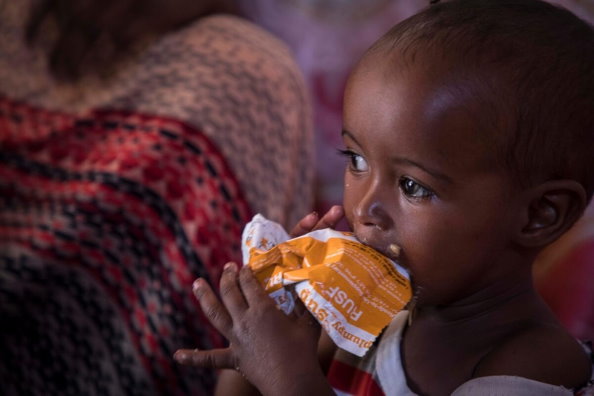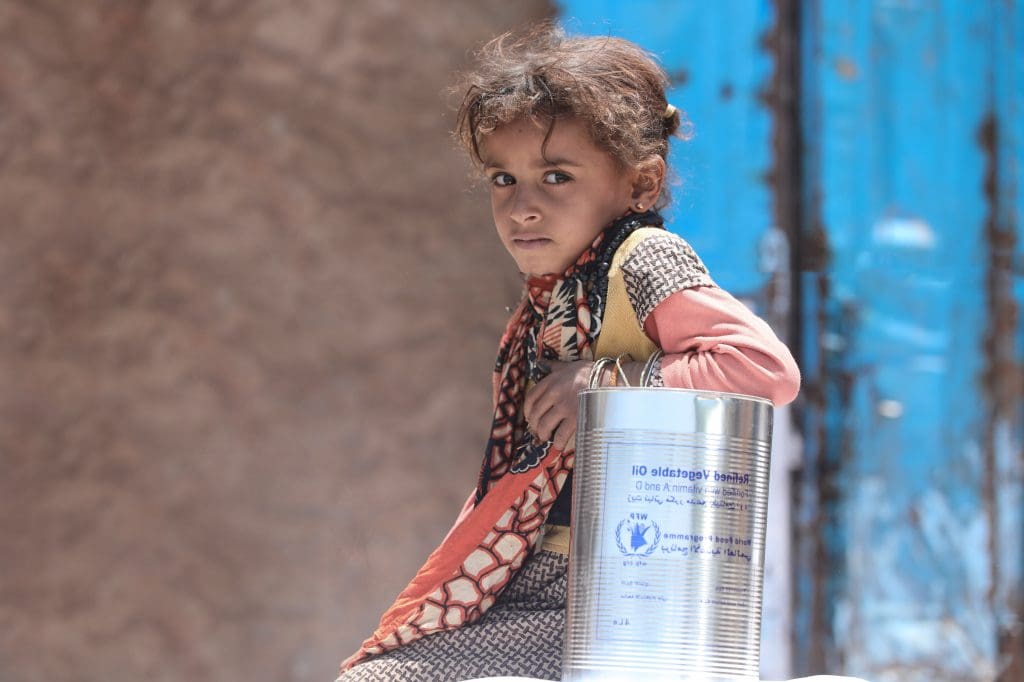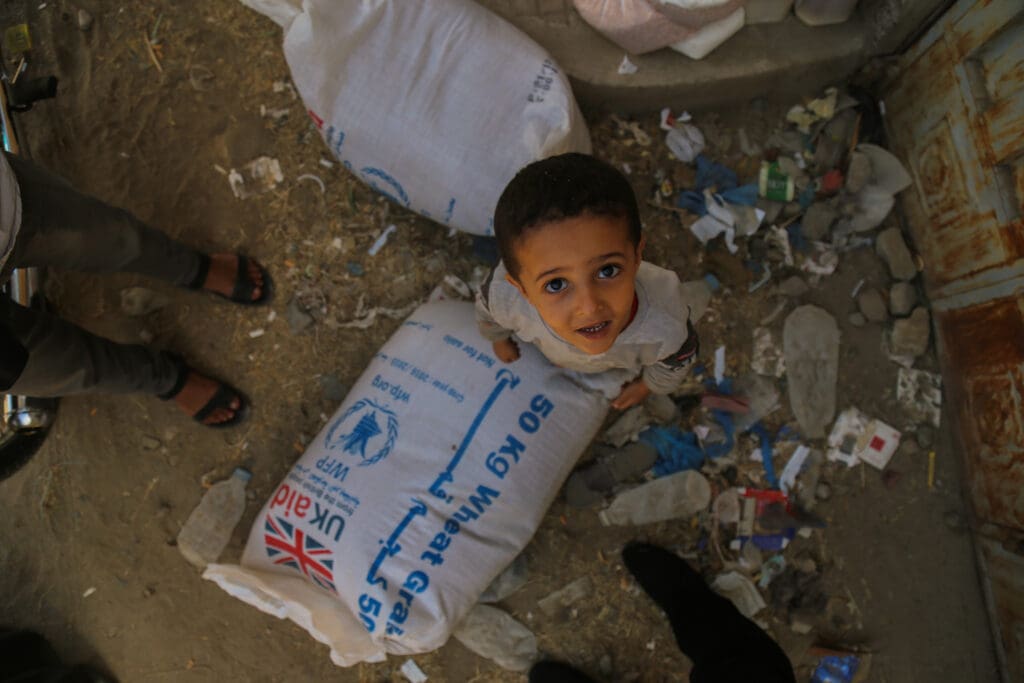Here Are Five Important Things to Know About the World’s Looming Famines

As the world’s first responder when it comes to fighting global hunger, the United Nations World Food Programme (WFP) has launched the largest emergency response in its history to feed millions of families in need and prevent widespread famine before it’s too late.
Facts About Famine Around the World:
- Conflict has created a humanitarian crisis of monumental proportions—and hindered the humanitarian response. Violence in all four countries has caused families to abandon their homes, farms and market, disrupting national food systems and plunging millions of people into homelessness, hunger and poverty. At the same time, ongoing violence has prevented aid workers from delivering lifesaving assistance to those in need. Through innovative air drops, electronic food vouchers and mobile technology, WFP is finding ways to reach and communicate with communities in hard-to-reach areas.
- Even with significant contributions from leading donors like the U.S., U.N. World Food Programme operations to fight famine in these four countries is only 46 percent funded. An unprecedented global crisis like this one means we need all hands on deck. Every dollar counts.
- Preventing famine requires more than just food. Malnourished people are dying from disease and dehydration. Malnourished children have compromised immunity. In countries at risk of famine, healthcare, sanitation and clean water are vital to saving lives. Yemen, Somalia, northeast Nigeria and South Sudan are each affected by cholera, with Yemen suffering the largest outbreak in the world—nearly 2,000 people have died already and there are half a million suspected cases.
- Nigeria, Somalia and South Sudan are experiencing what is known as “the hunger season,” the period each year when food from the last harvest runs out and food becomes even more scarce. This is an especially precarious time for young children, who are more vulnerable to the effects of malnutrition.
- An estimated 1.4 million children are severely malnourished, with some 600,000 at imminent risk of death in the next 3-4 months unless they receive treatment.

A young girl picks up her family’s monthly ration of WFP cooking oil.
The U.N. World Food Programme’s Response to Famine
The U.N. World Food Programme and its partners on the ground are tackling these four looming famines through an integrated prevention-and-treatment approach that addresses food security, nutrition, health, water, sanitation and hygiene as well as livelihoods support for displaced families.
- Food baskets containing grains, beans, fortified oil, salt and other basic supplies.
- Cash-based assistance, including electronic food vouchers in displacement camps where local markets are still functioning.
- Specially formulated products to treat and prevent maternal and child malnutrition.
- Rapid Response Teams with joint staffs from the U.N. World Food Programme, UNICEF, other U.N. agencies and NGO’s.
In July, the U.N. World Food Programme reached a total of 12.3 million people across Nigeria, Somalia, South Sudan and Yemen with lifesaving food assistance.

But we need your help to reach more people.
Alleviating hunger helps sustain peace. In a climate of perpetual hunger, young people lose faith in the future. If they do not know where their next meal is coming from, they become targets for those who would recruit them into armed groups.
You Can Stop People From Dying of Hunger
YOUR support helps the U.N. World Food Programme deliver life-saving food — and hope — to the most vulnerable victims of violence and hunger in Yemen, South Sudan, northeast Nigeria, and Somalia. Donate now.
Learn more about the world’s worst famines and how you can help.




